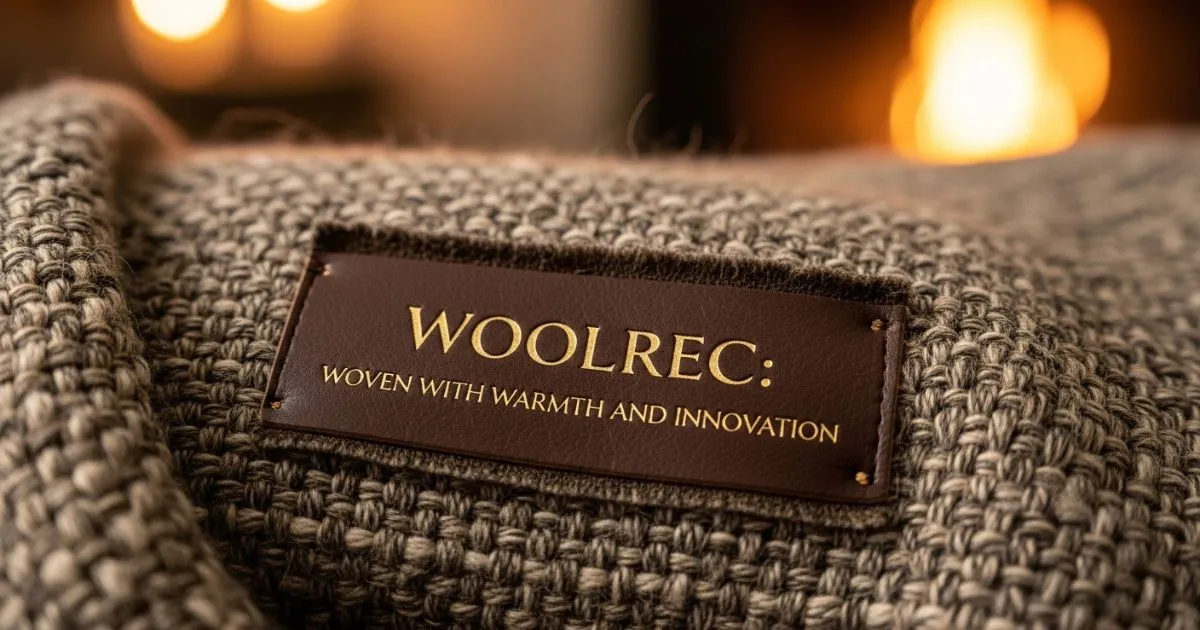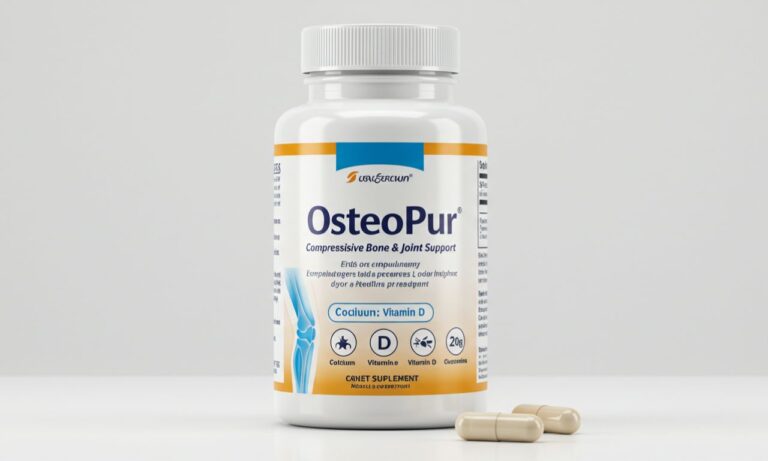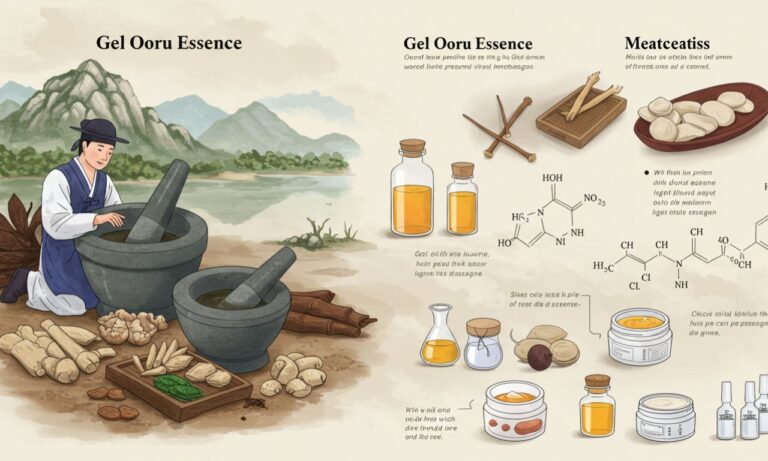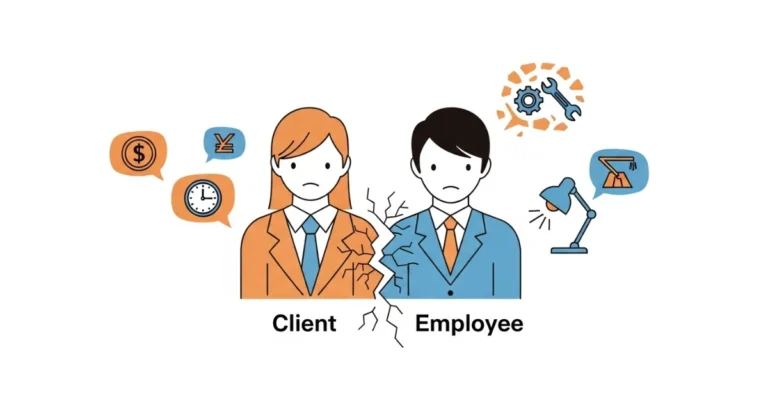
In a world increasingly aware of sustainability and mindful consumption, the term Woolrec is emerging as a beacon of innovation in the textile and materials industry. At its heart, Woolrec speaks to the idea of giving wool fibres a second life — weaving warmth, durability, and purpose into materials once considered waste. In this article, we’ll explore what Woolrec means, why it matters, how it works, where it’s applied, what benefits and challenges it carries, and how you as a consumer, creator or professional can engage with it.
Woolrec: What It Means
The word “Woolrec” combines “wool” and “recovery/recycling” and stands for the practice of recovering wool fibres from used garments, off-cuts, or waste streams and transforming them back into usable materials. More than just a process, it’s a mindset: that wool — a natural, renewable fibre — should not be destined for landfill, but instead re-integrated into a circular system of use and reuse.
Woolrec emphasises three core principles:
- Reuse & recovery of existing wool fibres instead of always relying on virgin supply.
- Quality preservation, ensuring that the recycled wool still delivers on warmth, durability and feel.
- Circular economy orientation, where materials remain in action rather than being discarded.
Thus, Woolrec isn’t just about recycling; it’s about redefining the lifecycle of wool, reclaiming value, and innovating how we design, manufacture and consume.
Why Woolrec Matters Today
The timing for Woolrec could not be better. With fast fashion, increasing textile waste, and resource pressures all converging, the textile and materials industry is under scrutiny. Several reasons underscore why Woolrec matters:
- Textile & waste crisis: Millions of tons of textile waste are generated annually. Even natural fibres like wool often end up in landfills due to blends, contamination or lack of infrastructure. Woolrec offers a way to curtail that waste.
- Resource and environmental impact: Producing virgin wool involves sheep farming, land use, water, energy, and processing. Recycling wool reduces the need for fresh resources and lowers environmental footprint.
- Consumer demand for sustainable goods: Eco-friendly materials and transparent supply chains are more in demand than ever. Woolrec gives brands a credible story of reuse, local sourcing and circularity.
- Commercial opportunity and innovation: Woolrec opens new markets — from recycled wool garments to home insulation, acoustic panels, and more. It enables companies to differentiate and innovate.
In sum, Woolrec addresses a convergence of waste, material value, consumer preference and business opportunity — making it a timely innovation.
How Woolrec Works: The Process
The Woolrec approach follows a multi-step process that ensures wool fibres are recovered and re-used. While the exact processes vary by region or company, a common framework includes:
- Collection: Used wool garments, off‐cuts from textile manufacturing, and post-consumer wool waste are gathered.
- Sorting & grading: These materials are separated by fibre type, blend content, colour and quality. This step is crucial for downstream processing.
- Cleaning & de-contamination: Wool waste often contains synthetic blends, buttons, zippers and other impurities. Cleaning ensures the fibre integrity.
- Processing / re-spinning: Through mechanical or sometimes chemical methods, the cleaned wool is converted back into usable yarn or non-woven fabrics. Advanced techniques help preserve performance.
- Manufacture of new products: The recycled wool is then used in garments, home textiles, insulation, automotive interiors or other applications.
- Reuse / circular loop: The key is that the recycled materials should re-enter the system, contributing to a circular material flow, not a one-time down-cycle.
By following these steps, Woolrec ensures that the inherent value in wool is retained and extended — rather than lost. It’s an intentional shift from “take-make-dispose” to “recover-reuse-redefine”.
Applications of Woolrec across Industries
One of the strengths of Woolrec lies in its versatility. The recycled wool fibre can be applied in numerous sectors. Below are examples:
- Fashion & Apparel: Recycled wool obtains new life as sweaters, coats, scarves, hats and other garments. Brands that adopt Woolrec materials can proudly claim a sustainable story.
- Home Textiles / Interiors: Throw blankets, rugs, upholstery, curtains or carpets made from Woolrec fibres bring comfort, insulation and sustainability into the home environment.
- Construction & Insulation: Wool has excellent thermal and acoustic properties. Woolrec fibres are used in insulation panels, sound-proofing linings, or interior finishing materials.
- Automotive & Industrial Applications: Some car interior components or industrial felt materials incorporate recycled wool to meet eco-criteria and performance demands.
- Creative / Craft & Design: Artists and small-scale makers use Woolrec yarns or felted recycled wool for accessories, home décor and craft markets — giving new voice to reused fibres.
Because recycled wool still retains many of the excellent properties of virgin wool — such as insulation, durability, moisture-regulation — it remains highly functional even after reuse, making Woolrec a practical, not just symbolic, innovation.
Benefits of Woolrec
Embracing Woolrec carries multiple benefits, from environmental to commercial to personal. Some of the key advantages include:
- Waste reduction: By retrieving and re-using wool fibres, fewer materials head to landfill — reducing burden and mitigating environmental harm.
- Resource conservation: Less demand for virgin wool means reduced land, water, energy use and fewer emissions.
- Economic efficiency: Recycled fibres can lower material costs for manufacturers and open new market segments for eco-products.
- Brand differentiation and consumer trust: Brands that use Woolrec materials signal environmental responsibility, which resonates with conscious consumers.
- Retention of wool’s inherent qualities: Unlike some recycled synthetics, recycled wool still offers warmth, resilience, breathability, and biodegradability.
- Support of circular economy: Woolrec aligns with circular models — keeping materials in use, reducing the “take-make-dispose” culture.
Together, these benefits make Woolrec compelling not only as an ethical choice, but as a smart business and material strategy.
Challenges & Considerations with Woolrec
No innovation is without hurdles. While Woolrec carries promise, there are important considerations and challenges to acknowledge:
- Quality consistency and fibre degradation: Wool fibres recycled repeatedly may degrade and lose strength. Ensuring performance similar to virgin wool remains a task.
- Mixed-fiber contamination: Many garments contain wool blended with synthetics or other fibres, complicating separation and reuse. The sorting step is critical and labour-intensive.
- Logistics and infrastructure: Collection systems, sorting facilities, processing plants need to scale. Without efficient logistics, the cost and environmental benefits may not fully realises.
- Consumer awareness and demand: For Woolrec to succeed, consumers must understand, value, and demand recycled wool products. Marketing and transparency matter.
- Cost vs. scale trade-off: At early stages, recycled wool may cost more or require premium pricing. Scaling up is necessary to reduce cost barriers.
Being aware of these challenges helps industry players and consumers engage with Woolrec more realistically and strategically.
How to Engage with Woolrec: For Consumers, Brands & Creators
If you’re intrigued by Woolrec and want to participate, here are practical ways to engage:
- As a consumer: Look for products labelled recycled wool or from brands that disclose their Woolrec sourcing. Ask questions: “Is this recycled wool? Was the fibre recovered and processed responsibly?” Choose garments, home textiles or accessories made with verified recycled wool.
- As a brand or designer: Partner with Woolrec-type recyclers or facilities. Set up take-back programmes for wool garments. Consider design for recyclability: easier separation of mixed fibres, fewer synthetics blended with wool. Educate your audience about recycled wool’s benefits.
- As a creator or artisan: Use recycled wool yarns or felts in your craft, emphasise the sustainable story. Design pieces that highlight both function and environmental awareness. Share the story of regeneration behind the material.
- As material & infrastructure professional: Invest in or support sorting, recycling, processing technologies for wool waste. Advocate for policy support for textile circularity, subsidies or standards that favour recycled natural fibres.
- As educator or community: Raise awareness about textile waste, natural fibre recycling, and the value of Woolrec. Workshops, panels or informative campaigns help build consumer literacy and demand.
By engaging across these roles, Woolrec becomes not just a technology or trend, but a movement of responsible material culture.
Future Outlook for Woolrec
What does the future hold for Woolrec? Several trends suggest positive growth:
- Advanced recycling technologies: New methods (e.g., enzyme-based fibre recovery, AI sorting) will improve the quality and economy of Woolrec processes.
- Scaling global operations: As textile waste grows worldwide, Woolrec systems will expand across geographies and industries — becoming more common.
- Integration into mainstream fashion and home markets: Recycled wool goes from niche to mainstream as availability, cost and consumer knowledge improve.
- Cross-industry applications: Beyond fashion, recycled wool fibres may gain increased use in construction, auto interiors, insulation — expanding Woolrec’s reach.
- Policy and regulation support: Governments and industry bodies may mandate or incentivise recycled fibre use, boosting Woolrec adoption.
- Traceability and transparency: Blockchain or digital tracking may assure consumers about the recycled wool’s provenance, enhancing trust.
Taken together, the future for Wo-olrec appears strong — it’s positioned at the intersection of sustainability need, material innovation and consumer demand.
Why Woolrec Should Matter to You
Whether you’re buying a sweater, re-decorating your home, designing a product, or building a brand, Woolrec offers meaningful potential. Here’s a summary of why it should matter:
- It enables you to choose materials that align with sustainability and durability.
- It lets brands tell a credible story of reuse, moving beyond “eco-friendly” as a buzz-word.
- It provides creators a source of material that is rich in narrative and function.
- It gives communities and industries a pathway to reduce waste, save resources and innovate.
- It aligns with a future where circularity, regeneration and purpose-driven design matter as much as style or performance.
By embracing Wo-olrec, you link with a broader shift — from throw-away culture to mindful material use, from isolated design to interconnected systems, from commodity to story.
Conclusion
Wo-olrec: Woven with Warmth and Innovation is more than a title — it captures the essence of how wool, an age-old natural fibre, is being reborn in modern form. Through recovery, recycling and redesign, Woolrec transforms waste into value, short-term materials into long-term assets, and isolated garments into part of a regenerative system.
In a world grappling with resource limits and waste overload, Woolrec shines as a practical solution — marrying craftsmanship with science, heritage with future-thinking, comfort with responsibility. Whether you are consumer, creator, entrepreneur or advocate, there is a place for Wo-olrec in your choices, your projects, your brand and your ethos.






